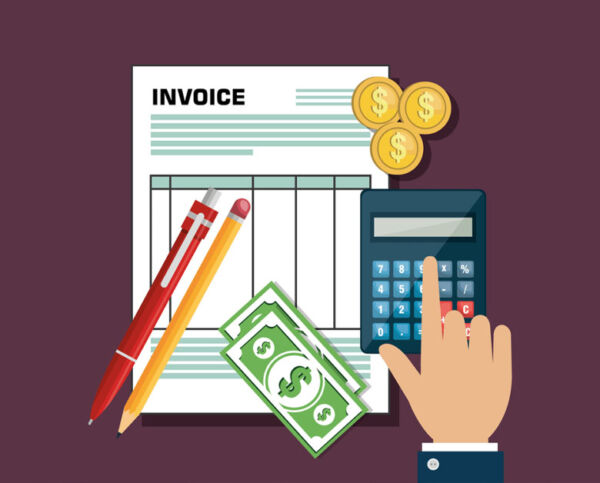
This means you don’t need to go through a rigorous approval process like you would with a bank or other lender and no collateral is required. More often than not, invoice factoring is a short term solution, but this also depends on the industry.Īnother benefit of using invoice factoring is that it is not a traditional loan. This could be increasing cash flow for some specific purpose or to get cash immediately. Invoice factoring is a common solution for companies experiencing cash flow issues. Small business vocabulary all business owners need to know. Keep in mind that invoice factoring is not technically a loan, it is merely an agreement that the payment of an invoice will go to a third party instead of the business in exchange for cash. For example, if your advance rate is 75% and the monthly factor rate is 5%, you would receive 20% (100% – 75% – 5%) of the invoice total. You can determine how much you’ll receive by using the following formula: 100% – advance rate – monthly factor rate.

Factoring companies don’t express their fee in terms of an APR, instead, it is expressed in an advance rate (the percentage of invoices they’ll extend) and the monthly factor rate. Once invoice amounts are collected, the factor will give the business the remaining amount less their fees.Factoring companies do their best to maintain business practices to ensure that clients are not harmed. The collection of amounts due is typically done by the factoring company, not the business. Depending on your industry and invoice terms, this will be between 30 and 90 days. The factoring company will get paid whenever money is collected from the customer.The notice will state that the invoices have been assigned to a factor and payments will go to a specific account set up by the factor. The factoring company may send out a “notice of assignment” to clients or ask you to do so. The extended amount of cash is typically between 70% and 85% of the total invoice amount. After invoices are submitted to the factoring company, they will give you a cash advance.At this point, the factoring company becomes heavily involved in the accounts receivable process of your business. In addition, there is usually a maximum amount the business can borrow which is set in the agreement. Finding a factoring company is not always easy, you will need to go through an application process and meet certain criteria. The business’ invoices are sold to a factoring company in exchange for cash through an agreement.The amount owed for the goods and services is invoiced to the client and the due date is defined on the invoice. A business provides goods or services to a client on account meaning that the money for the goods and services is not due until a later date.Invoice factoring can be described in five distinct steps: Thinking about incorporating your business? This article is for you. Invoice factoring is useful for businesses whose customers don’t pay for goods or services immediately, but ample cash is needed to operate the business.

Common factoring companies include banks, financial institutions, or private factors. Invoice factoring is the process of a business selling their invoices to a third party, known as a factor or factoring company, at a lower amount in exchange for cash. To learn more about what invoice factoring is and how you can use it to improve cash flow in your business, continue reading below. There are many solutions to improve cash flow, one of which is invoice factoring. Most businesses will incur financial issues at some point. After all, you need to spend money to make money. All which need to be covered or you may be unable to produce the goods and services your business specializes in. Cash is essentially the bloodline of any business, it’s needed to pay employees, bills, rent, daily expenses, Etc.


 0 kommentar(er)
0 kommentar(er)
